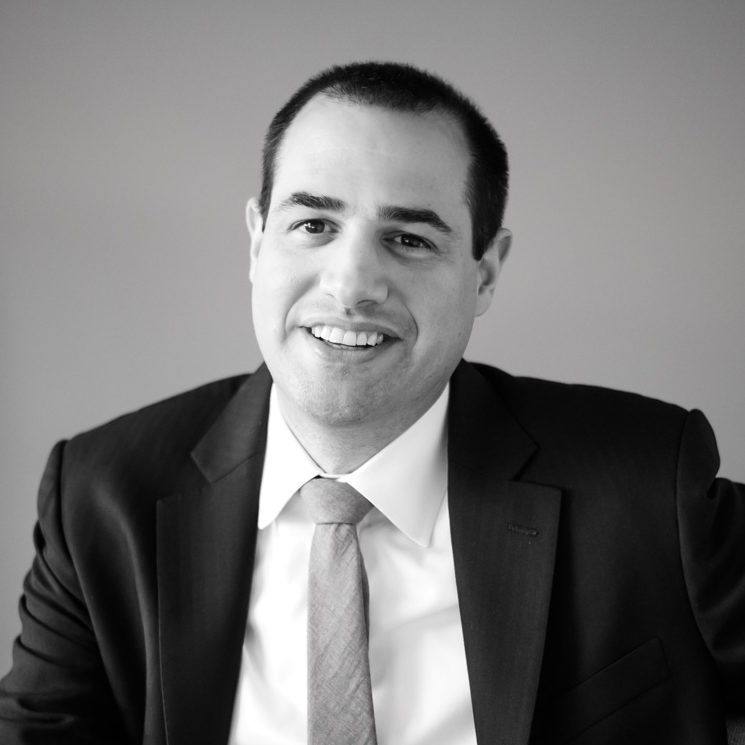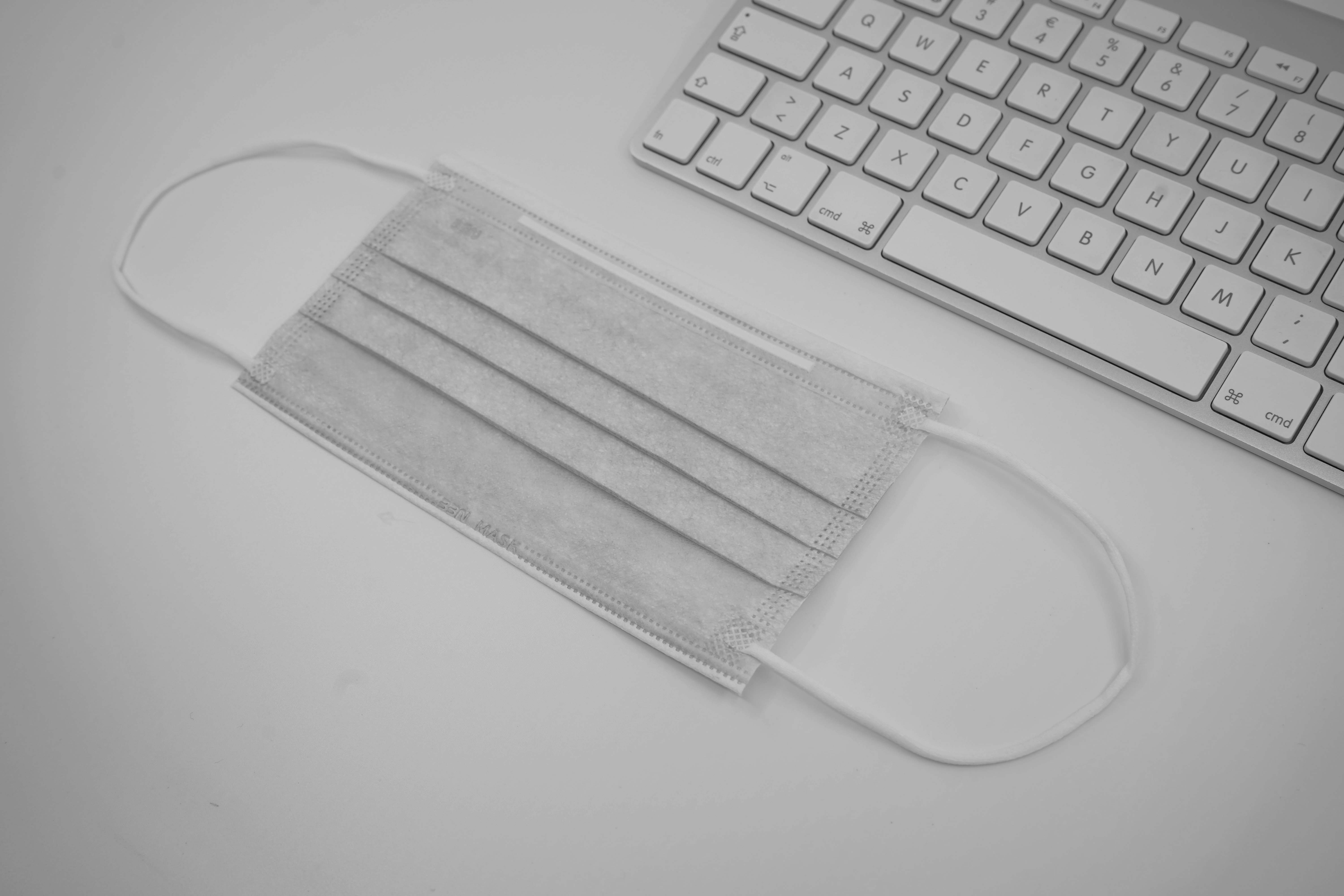First Circuit Rejects “Special Circumstances” Exception to Numerosity Requirement of Bankruptcy Code Section 303(B)(1)
On April 24, 2019, the U.S. Court of Appeals for the First Circuit (the “First Circuit”) issued an opinion in the case of Popular Auto, Inc. v. Reyes-Colon (In re Reyes-Colon), Nos. 17-1971-72, 2019 WL 1785039 (1st Cir. Apr. 24, 2019), holding that bankruptcy courts cannot utilize their equitable powers to override the explicit requirement in section 303(b)(1) of the Bankruptcy Code that three or more petitioning creditors are required to commence an involuntary bankruptcy proceeding where the alleged debtor has twelve or more creditors. Id., at *7; see also 11 U.S.C. § 303(b)(1). Relying on the U.S. Supreme Court case of Law v. Siegel, 571 U.S. 415 (2014), the First Circuit rejected the petitioning creditors’ attempt to invoke the judicially created “special circumstances” exception, which excuses section 303(b)(1)’s numerosity requirement where the alleged debtor is found to have engaged in fraudulent conduct. Reyes-Colon, 2019 WL 1785039, at *6-*7.
Statutory and Legal Background
Under section 303(b) of the Bankruptcy Code, fewer than three petitioning creditors cannot force an alleged debtor into bankruptcy unless the alleged debtor has fewer than twelve eligible creditors. See 11 U.S.C. § 303(b); see also Reyes-Colon, 2019 WL 1785039, at *2.
Notwithstanding the explicit language of section 303(b)(1), however, several courts have endorsed a “special circumstances” exception to the three petitioning creditor requirement where the alleged debtor has engaged in “trick, artifice, scam, or fraud.” In re Norriss Bros. Lumber Co., Inc., 133 B.R. 599, 609 (Bankr. N.D. Tex. 1991); see also In re CorrLine Int’l, LLC., 516 B.R. 106, 161 (Bankr. S.D. Tex. 2014) (“Considering that this Court has already found reason to question Hatle’s credibility . . . and considering the evidence of invoice manipulation, this Court finds that a ‘special circumstances’ exception to the three-creditor requirement is warranted in this case.”).
Other courts have declined to contravene the specific statutory requirement and refused to allow petitioning creditors to utilize the exception. See, e.g., Azur-US, Inc. v. DBH Ltd., Inc., 234 F.3d 1267 (6th Cir. 2000) (“We find no basis in the statute for concluding that a fraud-related exception exists to the § 303(b) requirements.”); In re Green, Nos. 06-11761-FM, 06-11762-FM, 2007 WL 1093791, at *7 (Bankr. W.D. Tex. 2007) (“The Court condones neither the Debtors’ past fraudulent behavior nor their current behavior. However, this Court must abide by the statutory construction of § 303(b). The statute is clear on its face and contains no fraud exception.”).
Procedural History
On November 22, 2006, Banco Popular de Puerto Rico (“Banco Popular”) filed an involuntary bankruptcy petition against Edgar Reyes-Colon (the “Alleged Debtor”), a plastic surgeon, in the U.S. Bankruptcy Court for the District of Puerto Rico (the “Bankruptcy Court”). Reyes-Colon, 2019 WL 1785039, at *1. The petition later was joined by a second creditor, Popular Auto, Inc. (together with Banco Popular, the “Banks”). Id. In early 2007, the Bankruptcy Court dismissed the involuntary petition on the basis that the Alleged Debtor had more than twelve eligible creditors and the numerosity requirement of section 303(b)(1) had not been met because there were only two petitioning creditors. Id. A year and a half later, the Bankruptcy Appellate Panel for the First Circuit set aside the dismissal and remanded on the basis that all creditors should have been given the opportunity for a hearing before the Bankruptcy Court dismissed the case. Id.
After several additional years of litigation, in May of 2012 the Bankruptcy Court granted in part a subsequent motion to dismiss by the Alleged Debtor on the basis that he had more than twelve qualified creditors at the time the involuntary petition was filed. Reyes-Colon, 2019 WL 1785039, at *1. However, the Bankruptcy Court permitted the parties to conduct discovery and present evidence on, among other things, whether “special circumstances” existed to excuse compliance with section 303(b)(1)’s three-creditor requirement. Id. On September 2, 2016, the Bankruptcy Court dismissed the involuntary petition, finding that although the Alleged Debtor had engaged in a scheme to defraud his creditors by misrepresenting his finances, the court “did not have the equitable power to override the provisions of section 303(b)(1).” Id.; see also id., at *7 (describing the Banks’ assertions that the Debtor had “conducted himself fraudulently to avoid paying his debts” and that he had “claim[ed] more creditors than ha[d]”).
The Banks appealed to the U.S. District Court for the District of Puerto Rico, which reversed the Bankruptcy Court’s dismissal on the basis that, among other things, the three petitioning creditor requirement did not need to be met because the Alleged Debtor had fewer than twelve eligible creditors when the petition was filed. Reyes-Colon, 2019 WL 1785039, at *2. The Alleged Debtor appealed that ruling and the Banks cross-appealed. Id.
The Court’s Decision
The Banks’ central arguments on appeal before the First Circuit relating to section 303(b) were that the Bankruptcy Court erred by failing to: (i) place the burden on the Alleged Debtor to prove that he had twelve or more eligible creditors; (ii) find that the Banks had presented evidence sufficient to show that the Alleged Debtor did not have twelve or more eligible creditors; and (iii) employ equitable discretion to allow the petition. Reyes-Colon, 2019 WL 1785039, at *4.
With respect to the Banks’ first argument, the First Circuit explained that the once an alleged debtor answers the petition by stating that there are more than twelve creditors and files a list of creditors in compliance with Bankruptcy Rule 1003(b), the petitioning creditors bear the burden to rebut the alleged debtor’s proof. Reyes-Colon, 2019 WL 1785039, at *4-*5 (“[T]he bankruptcy court properly placed the burden of proving creditor eligibility on the Banks.”).
With respect to the Banks’ second argument, the First Circuit observed that even if the District Court had erred in finding certain disputed creditors to be eligible, the Alleged Debtor still had twelve creditors at the time the involuntary petition was filed, which required there to be at least three petitioning creditors in accordance with section 303(b)(1). Reyes-Colon, 2019 WL 1785039, at *6.
Finally, the First Circuit noted that although bankruptcy courts do have the authority to provide equitable relief, they do not have the ability to “‘contravene specific statutory provisions’ when they exercise their statutory and inherent powers.” Reyes-Colon, 2019 WL 1785039, at *6 (citing Siegel, 571 U.S. at 421). Indeed, the court noted that “the bankruptcy court would have plainly contravened section 303(b) if it bypassed the involuntary petition’s creditor numerosity deficiency via the ‘special circumstances’ doctrine,” and allowing the case to proceed would have “flown in the face of the Code’s directive.” Id. Therefore, the court held that “Siegel forecloses employing equity to waive this plain statutory requirement.” Id.
Conclusion
Although the First Circuit has foreclosed use of the “special circumstances” exception in involuntary bankruptcy cases where there are less than three petitioning creditors, the judicially created concept is alive and well in other jurisdictions. See, e.g., Norriss Bros., 133 B.R. at 608-09; H.I.J.R. Props. Denver v. Schideler (In re H.I.J.R. Props. Denver), 115 B.R. 275, 278 (D. Colo. 2012). Accordingly, to the extent one or two creditors are considering filing an involuntary petition against an alleged debtor with more than twelve creditors, they should be mindful of how courts in their proposed filing jurisdiction treat the exception.
No aspect of this advertisement has been approved by the highest court in any state.
Results may vary depending on your particular facts and legal circumstances.
As the law continues to evolve on these matters, please note that this article is current as of date and time of publication and may not reflect subsequent developments. The content and interpretation of the issues addressed herein is subject to change. Cole Schotz P.C. disclaims any and all liability with respect to actions taken or not taken based on any or all of the contents of this publication to the fullest extent permitted by law. This is for general informational purposes and does not constitute legal advice or create an attorney-client relationship. Do not act or refrain from acting upon the information contained in this publication without obtaining legal, financial and tax advice. For further information, please do not hesitate to reach out to your firm contact or to any of the attorneys listed in this publication.
Join Our Mailing List
Stay up to date with the latest insights, events, and more




